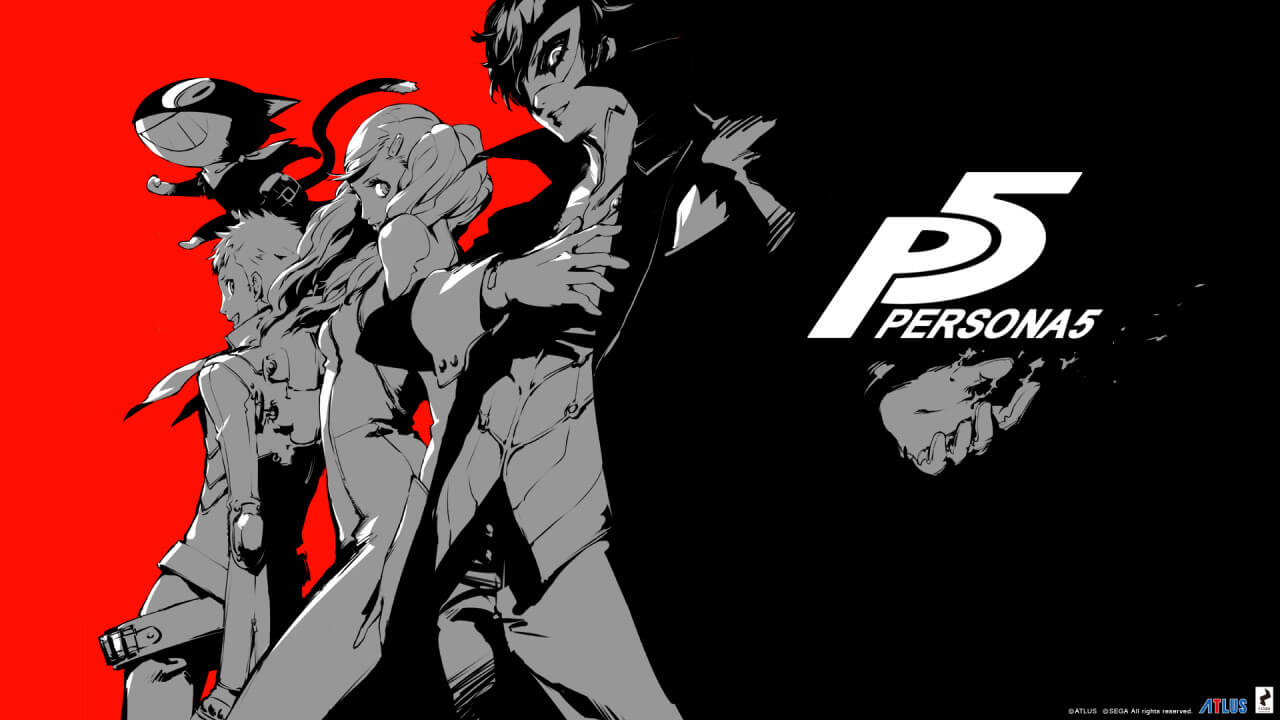After more than eight years of waiting, Persona 5 better be good, right? Well, don’t worry. It is.
Persona 5 comes out on April 4 for PlayStation 4 and PlayStation 3. It’s one of the most anticipated Japanese RPGs (which usually feature things like random battles and turn-based combat, as opposed to western RPGs) in a long time. Persona 3 and Persona 4 for the PlayStation 2 attracted fans for the way it mixed dungeon-crawling and turn-based battles with day-to-day planning of being a teenager living in Japan. They are now some of the most cherished Japanese RPGs in history.

Unlock premium content and VIP community perks with GB M A X!
Join now to enjoy our free and premium membership perks.
![]()

![]()